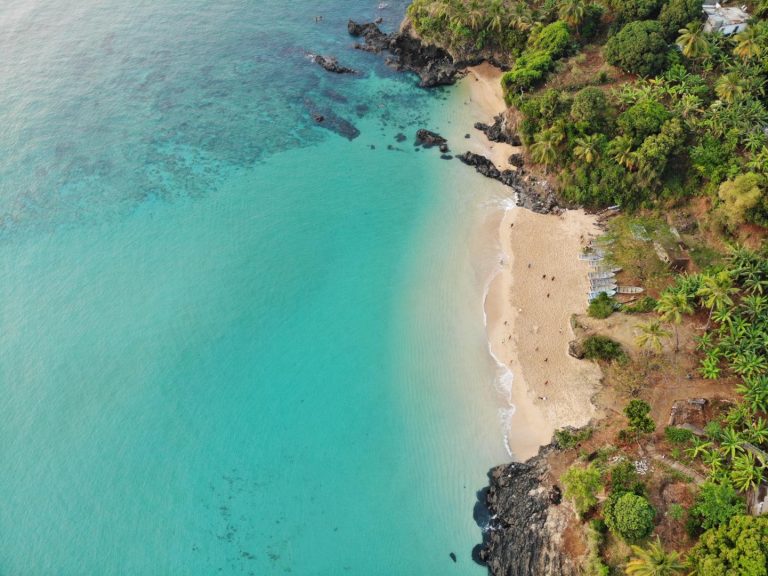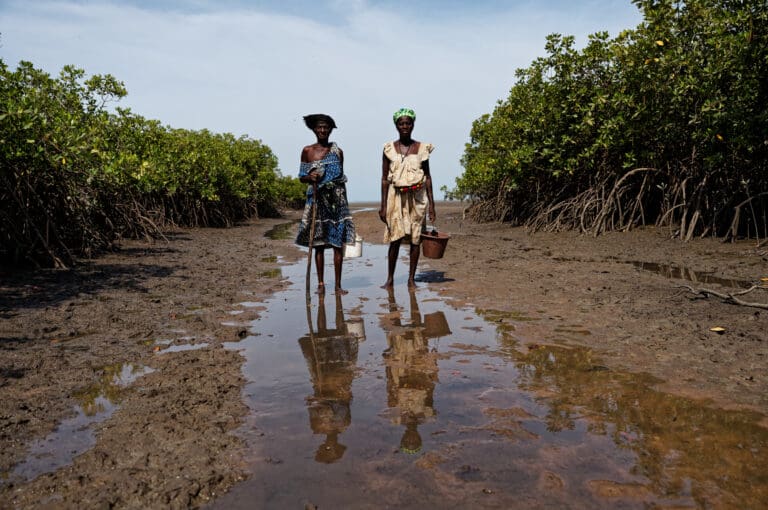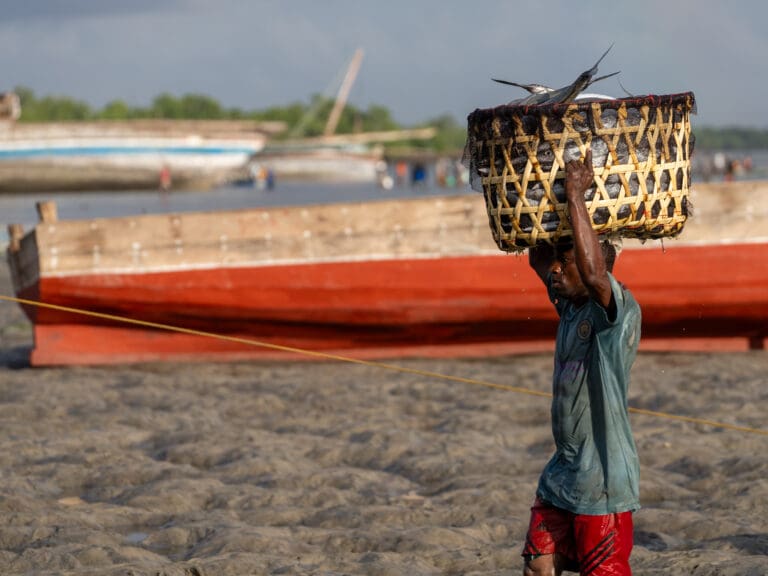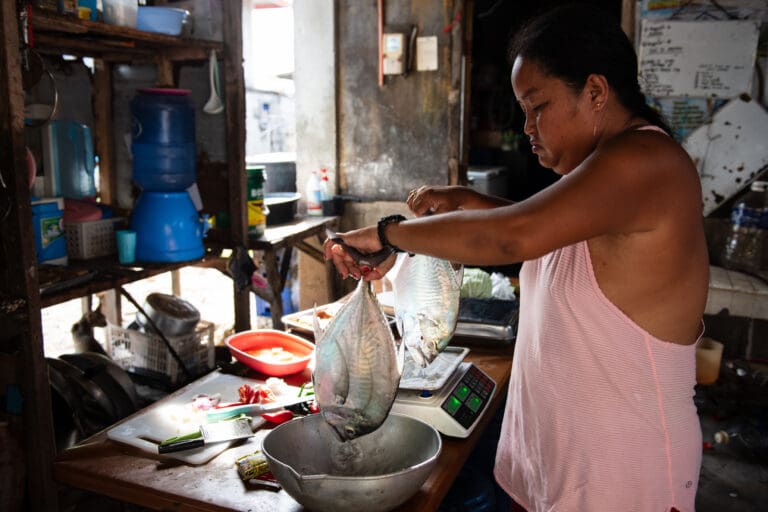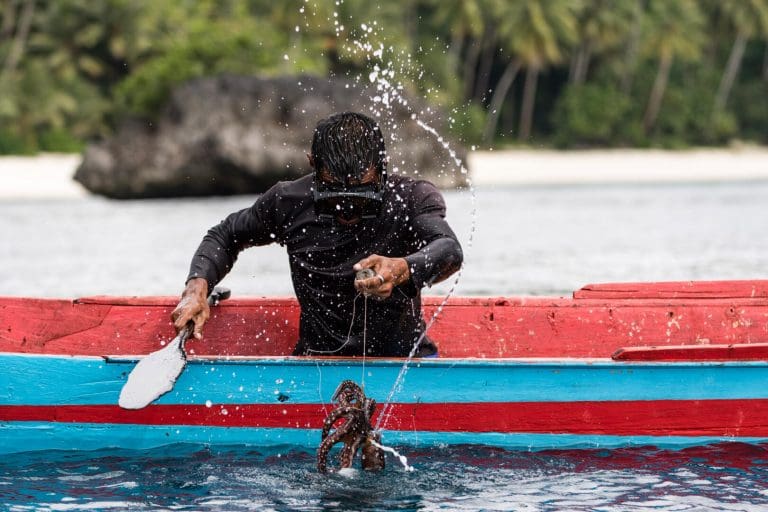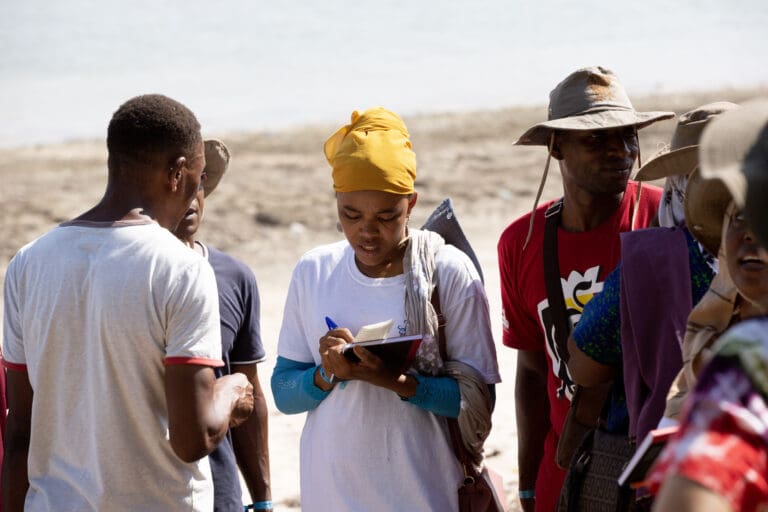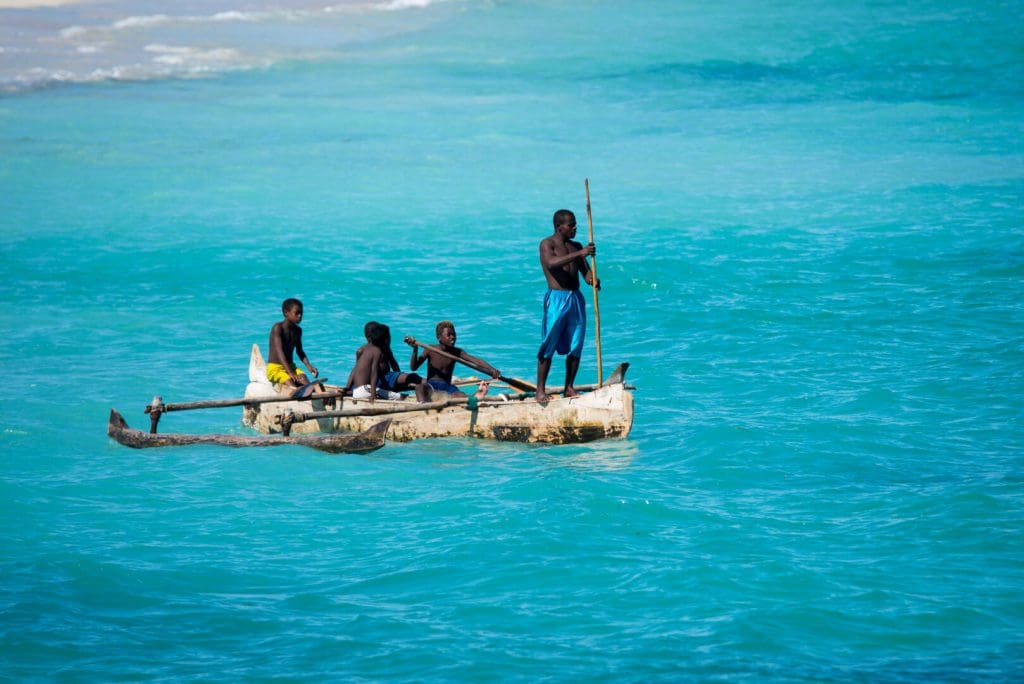Summary
The Velondriake community-managed protected area evolved from the establishment of a successful temporary octopus no-take-zone by the village of Andavadoaka in November 2004 to a fully-fledged marine protected area officially incepted in October 2006. Presently it encompasses 25 villages and is a vehicle through which 6,500 people are effectively husbanding their natural resources, developing alternative livelihoods and tackling the social challenges they face.
“Community capacity building for Velondriake” narrates the steps taken to achieve this and details the support Blue Ventures has given to the Velondriake community to enable them to realise their vision.
In November 2004 the village of Andavadoaka established a temporary octopus NTZ with the support of BV, WCS and Copefrito – an octopus collection company. This enhanced villages’ octopus catch and inspired neighbouring communities to replicate it. By October 2006, 22 villages neighbouring Andavadoaka had established temporary octopus and mangrove NTZs. It also motivated these villages to implement other natural resource management measures, such as permanent NTZs and the outlawing of destructive fishing methods. Ultimately it led the community to create a community-managed MPA, consolidating these efforts into an overall management structure.
Villagers discussed and debated these from October 2005 until October 2006. Here they established:
- The Velondriake Association – a democratic, community-based organisation to manage the project.
- An MPA management and action plan that laid down the community’s vision of Velondriake.
- The Velondriake Dina – a set of laws founded in traditional law – to govern the MPA.
- A preliminary zoning plan dividing the CMPA into temporary and permanent NTZs within a larger village user zone.
Together these formed the foundation of the Velondriake CMPA.
To establish a functioning CMPA from this basis the community had essentially three tasks: to finalise the zoning and implement the NTZs; to enforce the CMPA laws and to monitor and evaluate the effectiveness of their management. Crucially, they also had to create alternative livelihoods to resource extraction.
Through extensive scientific surveying of Velondriake, BV provided the Velondriake management with a scientific MPA design that built in coral reef resilience to climate change. The Velondriake management presented this to the community and through long community awareness raising and negotiation, finalised the placement of the permanent NTZs in December 2008. Throughout 2007 and 2008, the villages of Velondriake continued to implement effective temporary NTZs.
Community-derivation of the Velondriake Dina, combined with its wide communication and repeated awareness raising by the Velondriake management, achieved broad-based respect for it. Collaboration between the Velondriake management and the local neighbourhood watches led to a more effective enforcement of the Dina. Blue Ventures Conservation Report 8 Villagers recorded simple ecological, fishery and management indicators in “Village Record Books”. Teams of villagers carry out ecological monitoring of key habitats using straightforward methods that measure the state of resources important to villagers’ livelihoods. This village-based monitoring is reinforced by BV scientific monitoring of coral reef, seagrass and mangroves habitats, key fisheries and socio-economic conditions. This data is collected by BV scientists with trained community members.
BV has helped the Velondriake management to establish the basis for ecotourism and sea cucumber and seaweed aquaculture. BV has also established other projects within Velondriake that are an investment in the social capital of the community: a carbon offsetting project, based on fuel efficient stoves; a family planning clinic; two women’s associations; three active children’s environmental clubs; English teaching and a scholarship programme to enable children to study to final year level.

